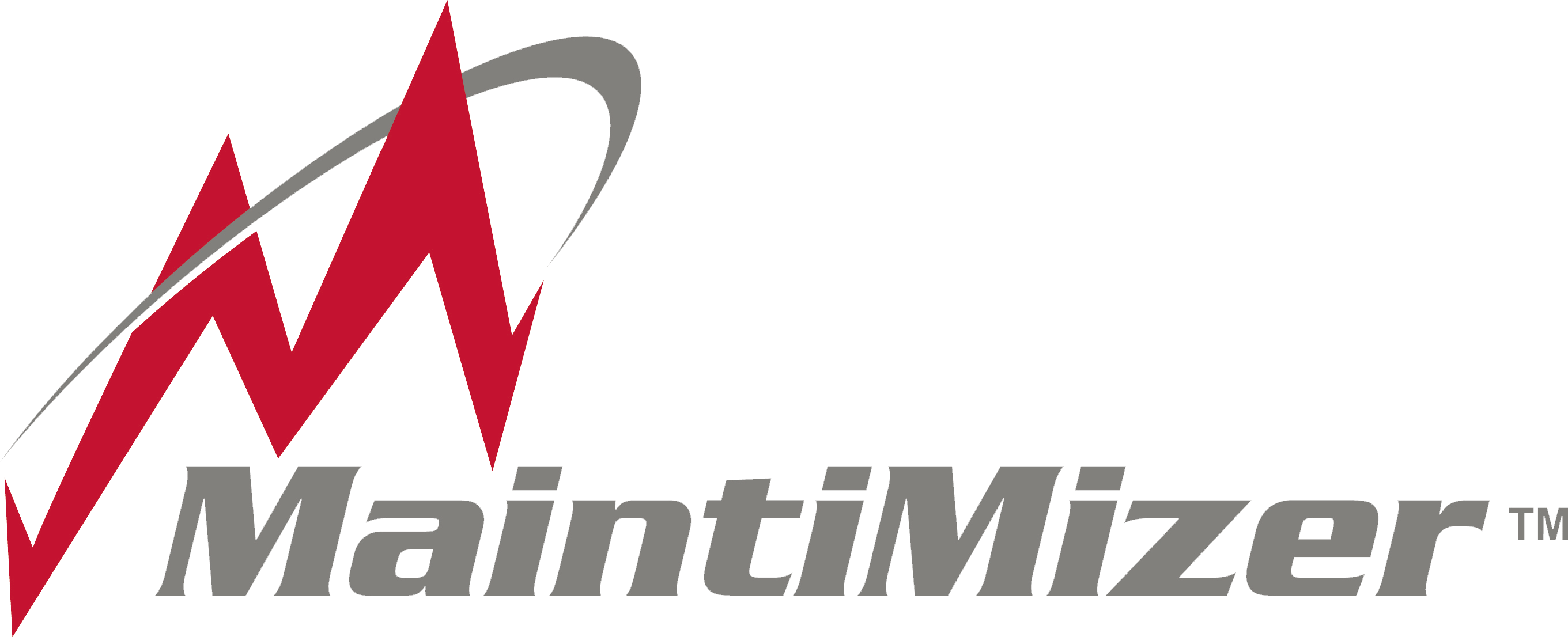Ninety percent of employees surveyed agreed training and development programs improved their job performance. Below are 5 steps to build your training program.
There are hundreds, if not thousands, of computerized maintenance management systems (CMMS) out there. You can pick one, install it, and start using it with no problem. You could probably even do that with MaintiMizer™. However, without proper training you’ll find yourself overwhelmed with the multiple functions and ways of doing the same thing, so you’ll find yourself asking, “What are these reports even for?” If you go through the motions when it comes to new things, whether it be a new job, software, or system, you’ll end up sliding back into the old way of doing things.
Every company is different and has its own systems, so training isn’t a one-size-fits-all situation. Tailoring your training program to your company’s unique needs is what makes the program successful. At Ashcom, when we’re asked to train our customers on our software, some of the first questions we ask are these: “What are your company’s goals?” and “What are your goals for this training?”
Sure, we can come in, show you how to use the program, and leave. But we don’t think that’s enough. It leaves a gap between how to use the program and why you’re using it. Implementing a strong training program is as easy as answering, “What do you expect your employees to be able to do after they complete the training?” This ideology applies to any training program within your company—training new hires, adding new business systems, and management training.
There are five points you need to remember when creating a training program: Identify, Compare, Observe, Create, and Reinforce. These points apply when an outside trainer works with your company as well. Here’s how we define these five points:
- Identify
Identify clear goals that support both the organization and the individuals being trained. What are you trying to accomplish within your organization? Answers may include improving company culture, improving communication, or increasing productivity.
- Compare
Compare what your employees do now with what they need to do to meet the objectives ahead. Do they need new certifications or software systems?
- Observe
Observe the learning styles of your employees. Everyone learns a little differently. Observing how your employees learn, whether it’s through video, in-person training, courses with workbooks and hands-on training, or a mix of styles will help your employees retain the information you need them to know.
- Create
Create materials relevant to your program. Examples include workbooks, manuals, how-to videos or an in-depth, hands-on training program.
- Reinforce
Follow-up with employees to see if they are on track with the new systems or if they need further instruction.
Implementing anything new should be followed by in-depth training. A study of organizations in Belgium found that productivity was 23 percent higher for trained employees compared to untrained employees. According to a 2019 Education tech Company Structure study, “Seventy percent of employees say they are at least somewhat likely to leave a current employer for one that invests in training and development.” Set your goals, then set up your training programs around those goals. You can improve employee morale and communication and set your company up for long-term success with proper training.
Here’s what a few of our customers have said about our training program:
“We have done a lot of training. This was the most positive feedback I have received on an outside training opportunity. I think the message, delivery, and material were relevant and done in a professional and knowledgeable way. I believe Gutchess Lumber will benefit greatly from this training. Kim followed up at each stage of the process and left our team with the tools to be successful. We have been underutilizing this program and I look forward to better efficiencies in the maintenance department.”
“Tim was very informative. Took time to explain all segments of MaintiMizer™ and answer all questions with patience. Knowledgeable and I believe he went above and beyond to answer all questions”
“Tim and Ka Lok both did an excellent job showing us how to use the system more effectively and any questions they were unsure of was sent to their company to get resolution. Tim is great at presenting and discussing this program. Some areas and issues can be sensitive to people and Tim will diffuse them with a way to make both parties understand.”

